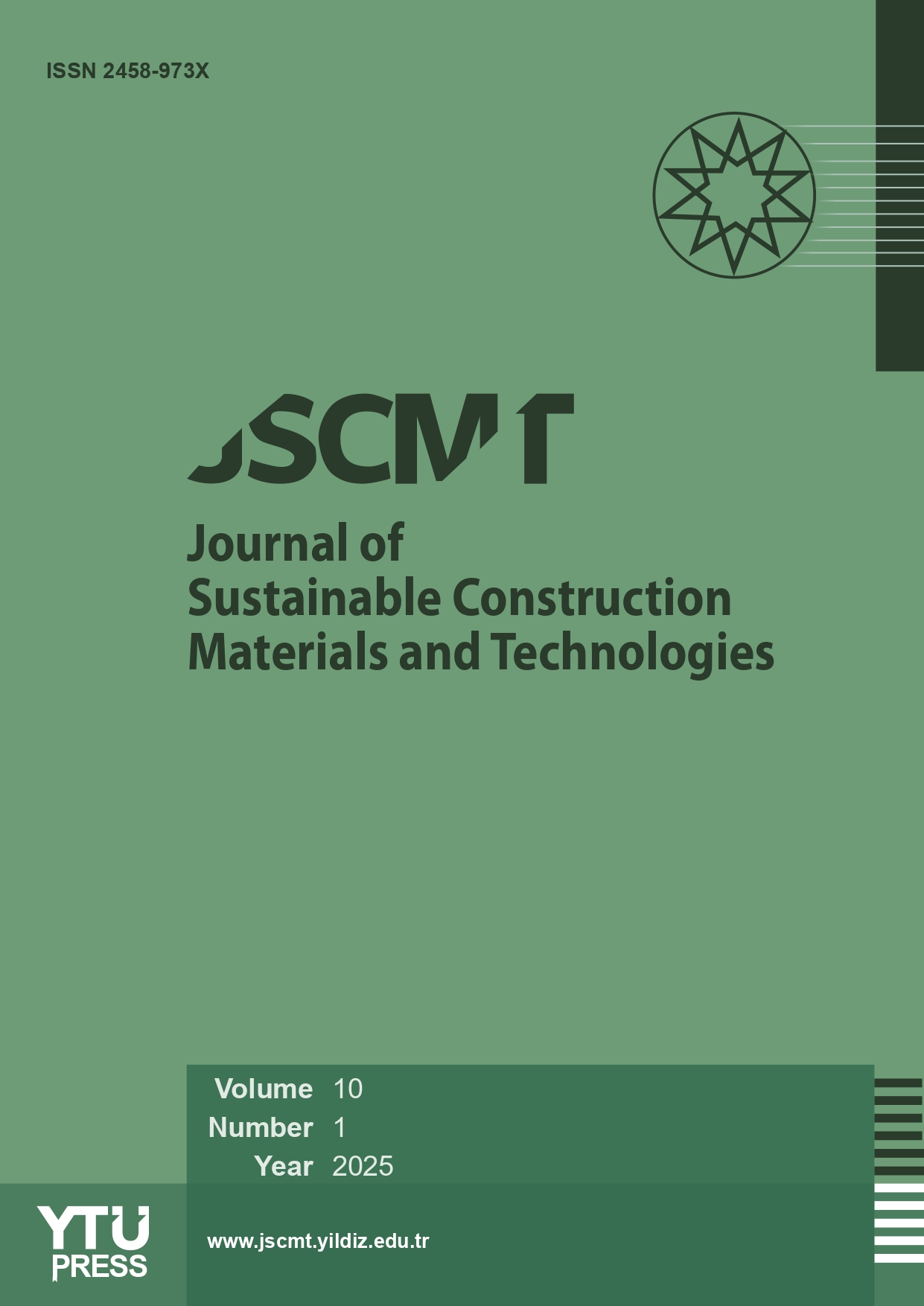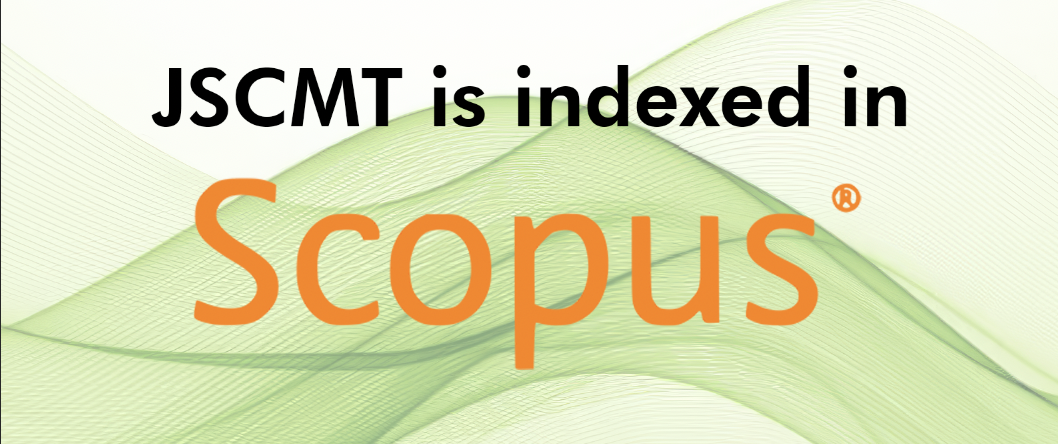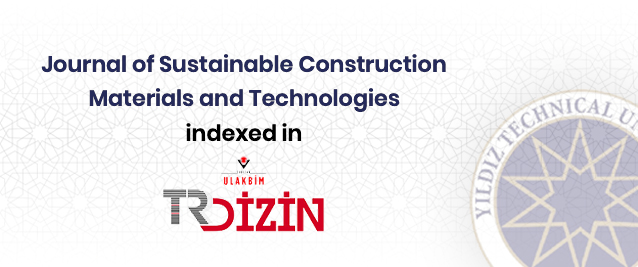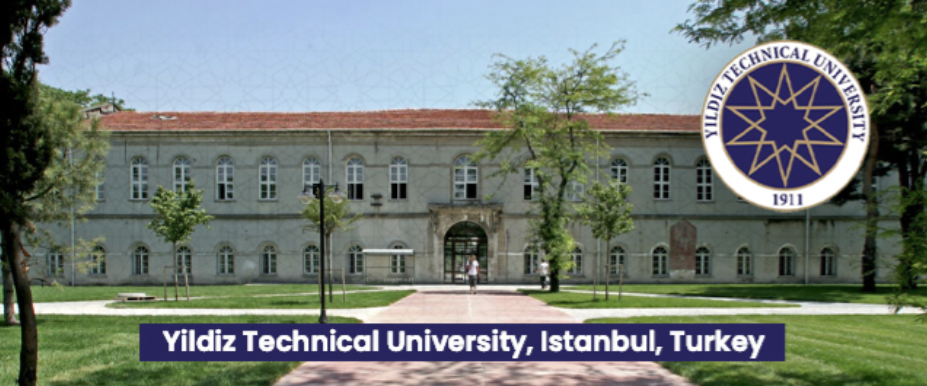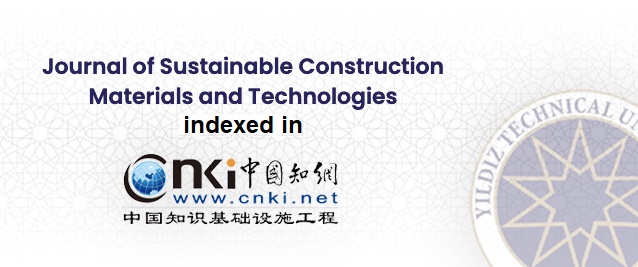Abstract
Waste disposal becomes a crucial issue for both the environment and the economy. One of the solutions for waste disposal is to utilize waste materials in concrete production. Nowadays, alkali activated concrete takes attention since waste materials (fly ash and ground granulated blast furnace slag) are utilized instead of ordinary Portland cement as binder materials. In this study, alkali activated fly ash/slag concrete is produced using 50% F-type fly ash and 50% ground granulated blast furnace slag and the compressive strength of the alkali activated fly ash/slag concrete is evaluated. The sodium silicate (Na 2SiO3) and sodium hydroxide (NaOH) solutions were utilized with four different sodium silicate to sodium hydroxide ratios (1, 1.5, 2, and 2.5) and three different molarities were utilized (6M, 10M, and 14M) for alkali activation to determine the effect of these parameters on the compressive strength of the alkali activated fly ash/slag concrete. In addition to ambient-curing (AC), the influence of the delayed oven-curing (OC) was also studied to determine the effect of curing regime on the compressive strength of the alkali activated fly ash/slag concrete. The results indicated that both the alkali activator ratio and NaOH concentration significantly affected the compressive strength of the alkali activated fly ash/slag concrete. In addition, the delayed oven-curing was also found as an important parameter for the compressive strength of the alkali activated fly ash/slag concrete.


